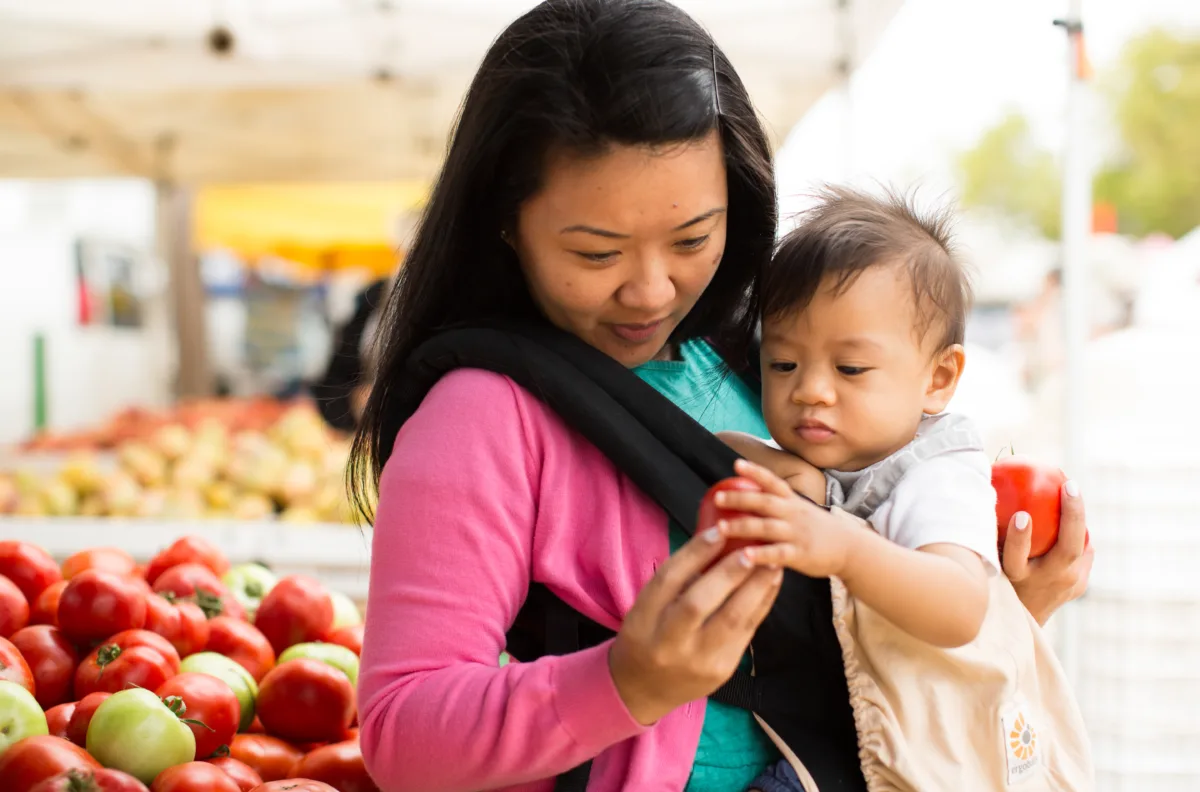The coronavirus pandemic has resulted in thousands of deaths in the United States and has upended daily life for millions of people across the country. Part of the emergency response at all levels of government has been to ensure that children and families continue to have access to healthy affordable foods.
The largest nutrition assistance program in the United States is the Supplemental Nutrition Assistance Program (SNAP)—sometimes known as food stamps—with the National School Lunch and School Breakfast Programs also among the largest. These programs have become even more critical during the current pandemic but pending changes to those programs would fundamentally change how they are run and who has access to them.
I spoke with Giridhar Mallya, senior policy officer of the Robert Wood Johnson Foundation, to better understand how recent coronavirus relief legislation impacts SNAP and school meals, as well as some of the longer-term proposals in both areas.


